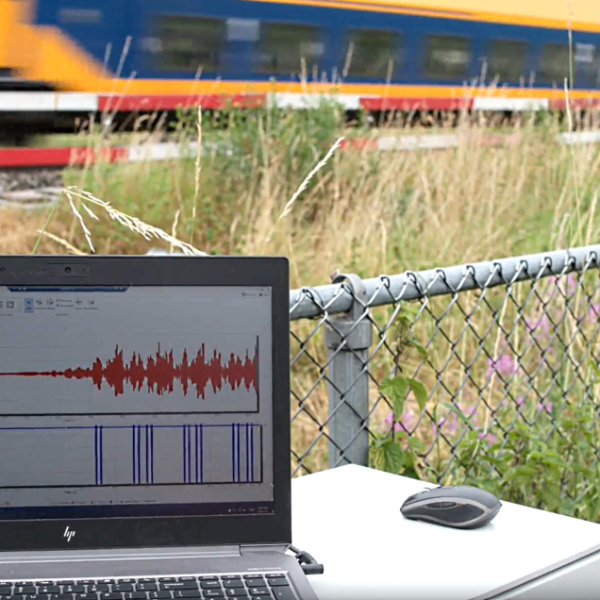Noise and vibrations
Identifying and mitigating impact

Noise and vibrations
Due to the pressure on the available space, the distance between residential areas, industry and infrastructure, such as railway lines and roads, is getting shorter. This increases the likelihood of noise and vibration nuisance. More than before, this is an important issue in the development plans of governments, developers and industry.
On a public level, nuisance from noise and vibrations has led to discussions and policy issues and the advent of stricter laws and regulations and noise standardisation. Research into noise and vibrations and integrating noise control into (area) plans and designs are a direct result of this.
The growing complexity regarding noise and vibrations requires an integrated and multidisciplinary project approach. Witteveen+Bos conducts noise and vibration studies and maps the consequences in a clear way. We do this for both existing and future area development.
Our geotechnical, structural and mechanical engineers offer advice and technical solutions to reduce vibration and noise nuisance in machine foundations and structures, among others. We combine this with expertise in legislation for various noise sources, such as road traffic, railways, wind turbines and industrial noise.
Witteveen+Bos provides studies and consultancy as part of:
- feasibility studies;
- due diligence investigations;
- all-in-one permit applications;
- exemptions to the Nature Conservation Act;
- appropriate assessments;
- environmental impact reports;
- zoning plans;
- routing decisions;
- zoning integration plans;
- monitoring and reporting obligations.
Our studies and advice are often part of integrated inventories such as permit applications, environmental impact assessments (EIA) and spatial plans.
Our integrated approach (measurements, analysis, environmental factors, legislation et cetera) gives clients a complete picture and insight into the situation. As a result, mitigating measures and limiting impacts can be taken into account in the planning stage of area development. The integrated approach to issues also allows for efficiency and synergy benefits and better risk management.
More information?




